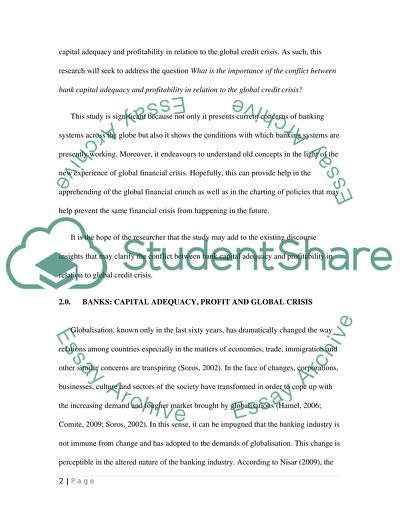Cite this document
(“Globalisation and financial crises Essay Example | Topics and Well Written Essays - 2500 words”, n.d.)
Globalisation and financial crises Essay Example | Topics and Well Written Essays - 2500 words. Retrieved from https://studentshare.org/miscellaneous/1572091-globalisation-and-financial-crises
Globalisation and financial crises Essay Example | Topics and Well Written Essays - 2500 words. Retrieved from https://studentshare.org/miscellaneous/1572091-globalisation-and-financial-crises
(Globalisation and Financial Crises Essay Example | Topics and Well Written Essays - 2500 Words)
Globalisation and Financial Crises Essay Example | Topics and Well Written Essays - 2500 Words. https://studentshare.org/miscellaneous/1572091-globalisation-and-financial-crises.
Globalisation and Financial Crises Essay Example | Topics and Well Written Essays - 2500 Words. https://studentshare.org/miscellaneous/1572091-globalisation-and-financial-crises.
“Globalisation and Financial Crises Essay Example | Topics and Well Written Essays - 2500 Words”, n.d. https://studentshare.org/miscellaneous/1572091-globalisation-and-financial-crises.


